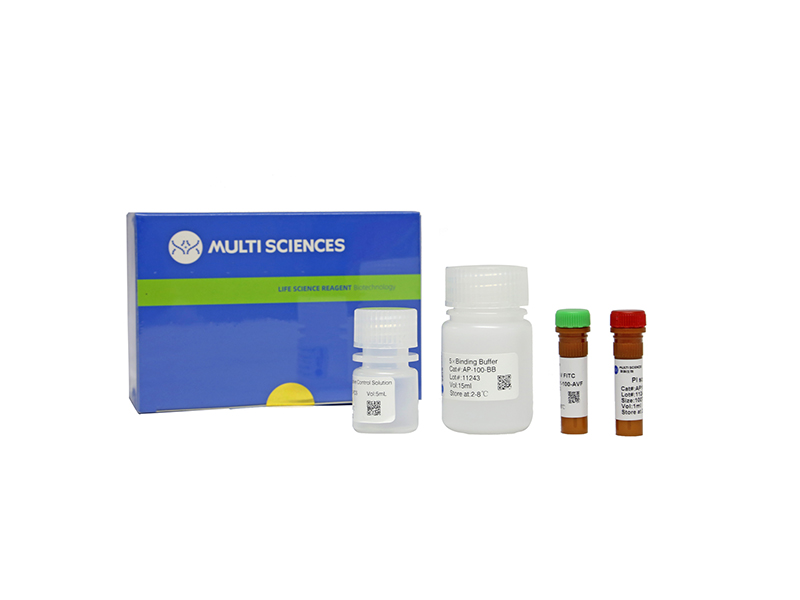INTRODUCTION: Temozolomide (TMZ) is commonly used for glioma chemotherapy. However, TMZ resistance limits the therapeutic effect of TMZ in glioma treatment. LncRNA-H19 acts as an oncogenic LncRNA in some types of cancers and has been reported to be up-regulated in glioma. MATERIALS AND METHODS: In our present study, we established TMZ-resistant glioma cells (U-251TMZ and M059JTMZ) to explore the effect of H19 on the chemoresistance of glioma cells. RESULTS: We observed that the expression of H19 was significantly increased in U-251TMZ and M059JTMZ cells. Knockdown of H19 expression using specific shRNA in U-251TMZ and M059JTMZ led to decreased half maximal inhibitory concentration (IC(50)) values for TMZ and increased cell apoptosis rates, indicating that the silencing of H19 decreased chemoresistance of glioma cells to TMZ. In addition, silencing of H19 suppressed epithelial-mesenchymal transition (EMT) by increasing the expression of epithelial marker E-cadherin and decreasing the expression of mesenchymal marker Vimentin and ZEB1. Moreover, inducing EMT by TGF-β1 treatment led to increased IC(50) values for TMZ and decreased cell apoptosis rates compared with TMZ+H19 shRNA group, suggesting that the induction of EMT counteracted the inhibitory effect of H19 shRNA on chemoresistance of glioma cells to TMZ. Furthermore, the reduced expression of H19 down-regulated the expression of β-Catenin and its downstream targets c-myc and Survivin in TMZ-treated glioma cells. Activation of Wnt/β-Catenin pathway by Licl treatment promoted EMT and enhanced chemoresistance to TMZ compared with TMZ+H19 shRNA group. CONCLUSION: Taken together, our data suggest that H19 decreased chemoresistance of glioma cells to TMZ by suppressing EMT via the inhibition of Wnt/β-Catenin pathway. Our study might represent a novel therapeutic target for TMZ-resistant glioma.
文章引用产品
-
-
- AP101
- 凋亡试剂盒
Annexin V-FITC/PI Apoptosis Kit(适用于除C6以外的流式细胞仪)
-
¥630.00 – ¥1,280.00
-
- AP101
- 凋亡试剂盒
Annexin V-FITC/PI Apoptosis Kit(适用于除C6以外的流式细胞仪)
- ¥630.00 – ¥1,280.00



